
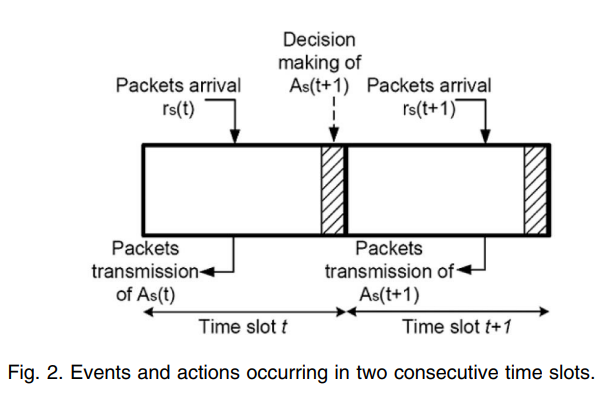
A cognitive network is considered that consists of a base station (BS) communicating with multiple primary and secondary users. Each secondary user can access only one of the orthogonal primary channels. A model is considered in which the primary users can tolerate a certain average delay. A special case is also considered in which the primary users do not suffer from any delay. A novel cross-layer scheme is proposed in which the BS performs successive interference cancellation and thus a secondary user can coexist with an active primary user without adversely affecting its transmission. A

[No abstract available]
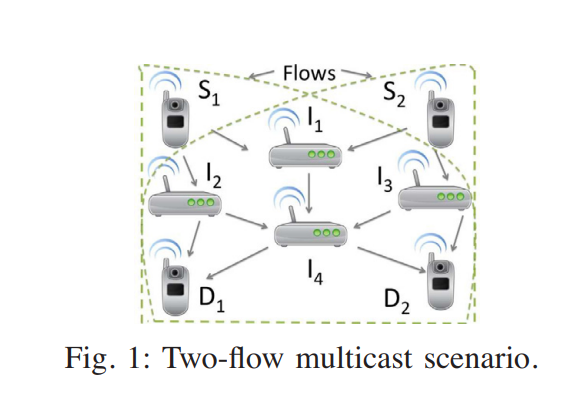
In this paper, we aim at protecting the privacy of the communicating parties while ensuring the authenticity of source nodes. In particular, we exploit intra-flow network coding to preserve the anonymity of communicating parties. Towards this objective, we propose an anonymity preservation scheme, namely closed group anonymity (CGA) that preserves the anonymity of the communicating parties via mixing their flows. Afterwards, we explore an instance of the Authentication-Privacy Trade-off in the context of Network Coding. We analyze the trade-off with the aid of the proposed anonymity scheme and
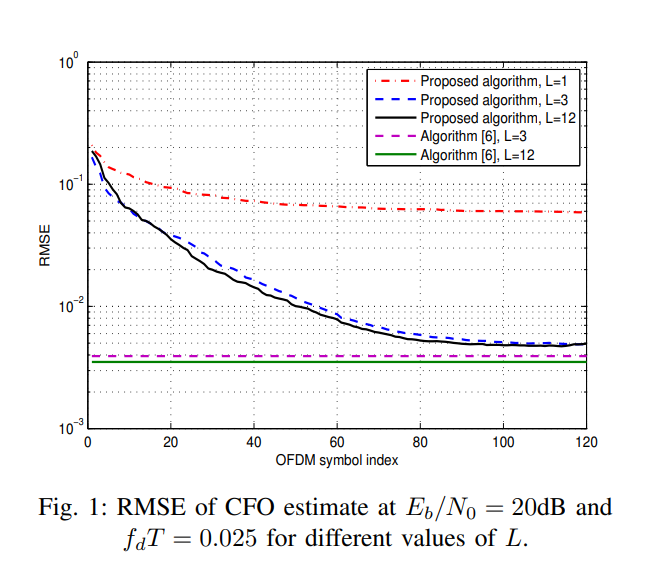
In this paper, an iterative blind estimator for fractional carrier frequency offset (CFO) in orthogonal frequency division multiplexing (OFDM) systems is proposed. The estimator utilizes the null subcarriers transmitted at the edge of the spectrum and does not require any training. In addition, the proposed estimator does not require any prior knowledge of the frequency response of the channel. The problem is formulated using a state-space model, and an extended Kalman filter (EKF) is employed to estimate the CFO iteratively. Simulation results illustrate the enhanced ability of the proposed
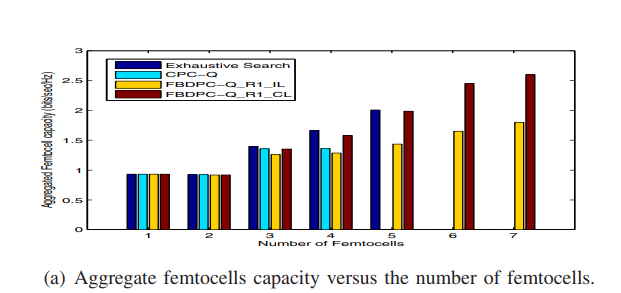
In this paper, we address the problem of distributed interference management of cognitive femtocells that share the same frequency range with macrocells using distributed multiagent Q-learning. We formulate and solve three problems representing three different Q-learning algorithms: namely, centralized, femto-based distributed and subcarrier-based distributed power control using Q-learning (CPC-Q, FBDPC-Q and SBDPCQ). CPC-Q, although not of practical interest, characterizes the global optimum. Each of FBDPC-Q and SBDPC-Q works in two different learning paradigms: Independent (IL) and
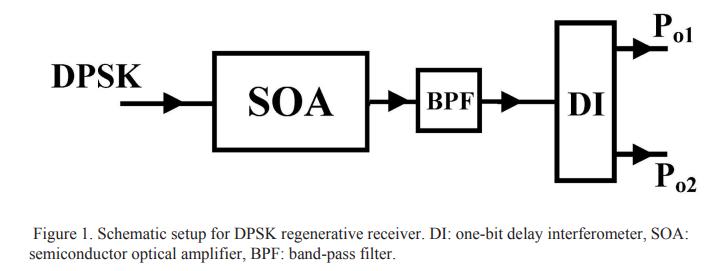
A technique for DPSK receiver-sensitivity improvement is demonstrated using numerical simulations. It is based on reshaping and reamplifying of received 80 Gbit/s DPSK using an SOA before a one bit delay interferometer. The SOA re-amplifies data without adding amplitude or differential phase noise due to its gain-compression. The system is tested using 231-1 PRBS RZ-DPSK (NRZ-DPSK) loaded with both phase and amplitude noise. It shows 2dB (1.7dB) quality-factor improvement. The estimated BER by error-counting shows receiver-sensitivity improvement of ≅3dB in case of single-ended detection and
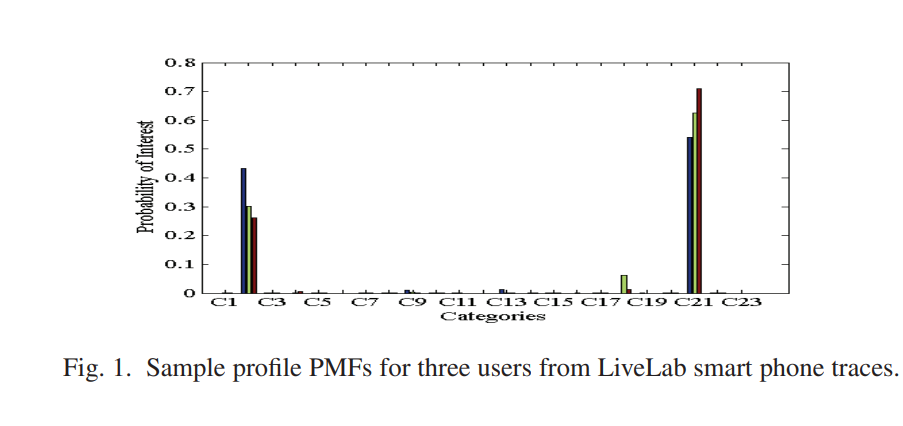
In this paper we explore the notion of mobile users' similarity as a key enabler of innovative applications hinging on opportunistic mobile encounters. In particular, we analyze the performance of known similarity metrics, applicable to our problem domain, as well as propose a novel temporal-based metric, in an attempt to quantify the inherently qualitative notion of similarity. Towards this objective, we first introduce generalized profile structures, beyond mere location, that aim to capture users interests and prior experiences, in the form of a probability distribution. Afterwards, we
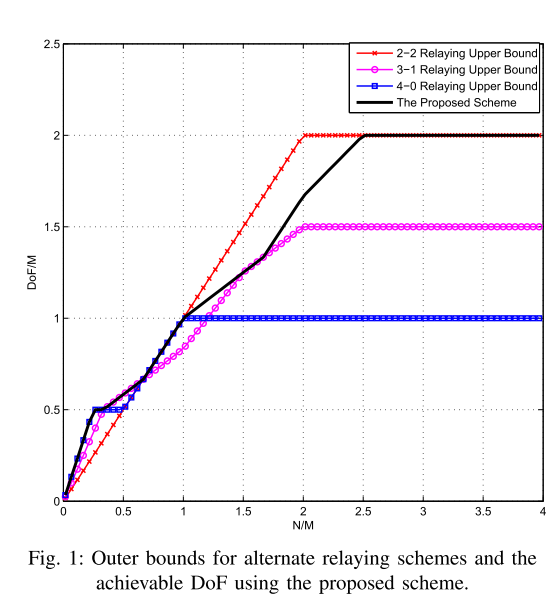
In this paper we investigate the degrees of freedom of a cellular relay network that consists of two base stations, two mobile stations and four decode-and-forward relays. The base stations and the mobile stations are equipped with M antennas each, whereas the relays are equipped with N antennas each. In addition, each base station has an independent message to each mobile station. The relays are used to froward the messages from the base stations to the mobile station as there is no direct link. We consider three different relaying architectures where the two relays associated with each base
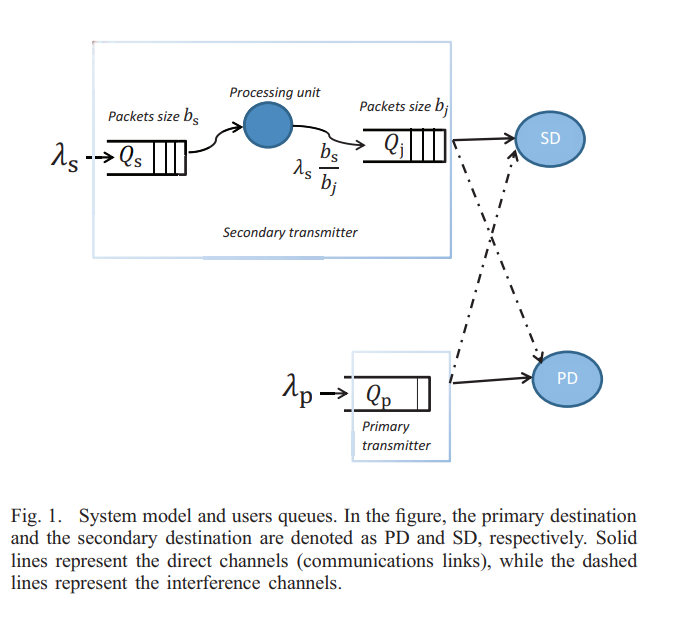
In this paper, we investigate a cognitive scenario with one secondary user and one primary user. Users are assumed to be buffered terminals. Each user has certain arrival rate with certain packet size. We propose a scheme where the cognitive radio user (secondary user) may combine some of the arrived packets into a single larger packet or split each of them into smaller packets to increase its maximum mean stable arrival rate. We consider sensing errors and study two channel models; namely, collision channel model, where concurrent transmissions cause definite packets loss, and multi-packet
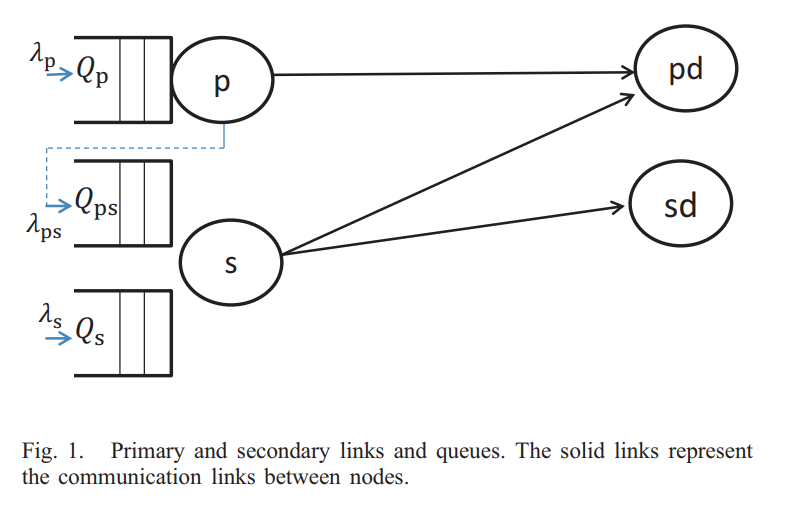
In this paper, we propose a cognitive protocol that involves cooperation between the primary and secondary users. In addition to its own queue, the secondary user (SU) has a queue to store, and then relay, the undelivered primary packets. When the primary queue is nonempty, the SU remains idle and attempts to decode the primary packet. When the primary queue is empty, the SU splits the total channel bandwidth into two orthogonal subbands and assigns each to a queue probabilistically. We show the advantage of the proposed protocol over the prioritized cognitive relaying (PCR) protocol in which